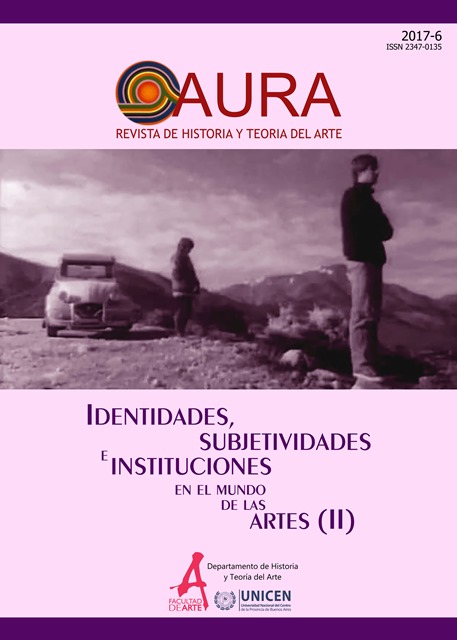A story of flags in Los días de junio
Keywords:
recent history, cultural field, flags, military dictatorship, exileAbstract
The whole society reflects on the root causes of its conflicts and cinema, from its beginnings, through the integration of the iconic and the linguistic, becomes one of the most used means at the when denouncing those events that contribute the reconstruction of reality as an exercise to maintain and consolidate our identity. The film Los días de junio (The days of June), premiered in 1985, ofers a symbolic vision of the impact of the last Argentine military dictatorship on the citizenship, since through the personification of diferent social groups, there come to light behaviors, fears and strategies of survival that multiplied by miles during the period. Its protagonists, as collective characters, become the possibility of vanishing the reality lived by the Argentine society of the time. In an atempt to speak without saying, each of the characters that appear in the film expresses with total dramatism, the content in which the dictatorship curtailed, not only the freedoms, but also the very life of the people and institutions in force until the moment of their arrival. The film reflects the dificult process that the society of the time went through standing up to the urgency and recomposes its ties when the social fabric tears its web, and the complexity of the identity class at a time when there seemed to be no possible identification.Downloads
Published
2017-12-30
How to Cite
Heffes, A., & Bertone, A. (2017). A story of flags in Los días de junio. AURA. Revista De Historia Y Teoría Del Arte, (6), 36–67. Retrieved from https://www.ojs.arte.unicen.edu.ar/index.php/aura/article/view/485
Issue
Section
Studies


